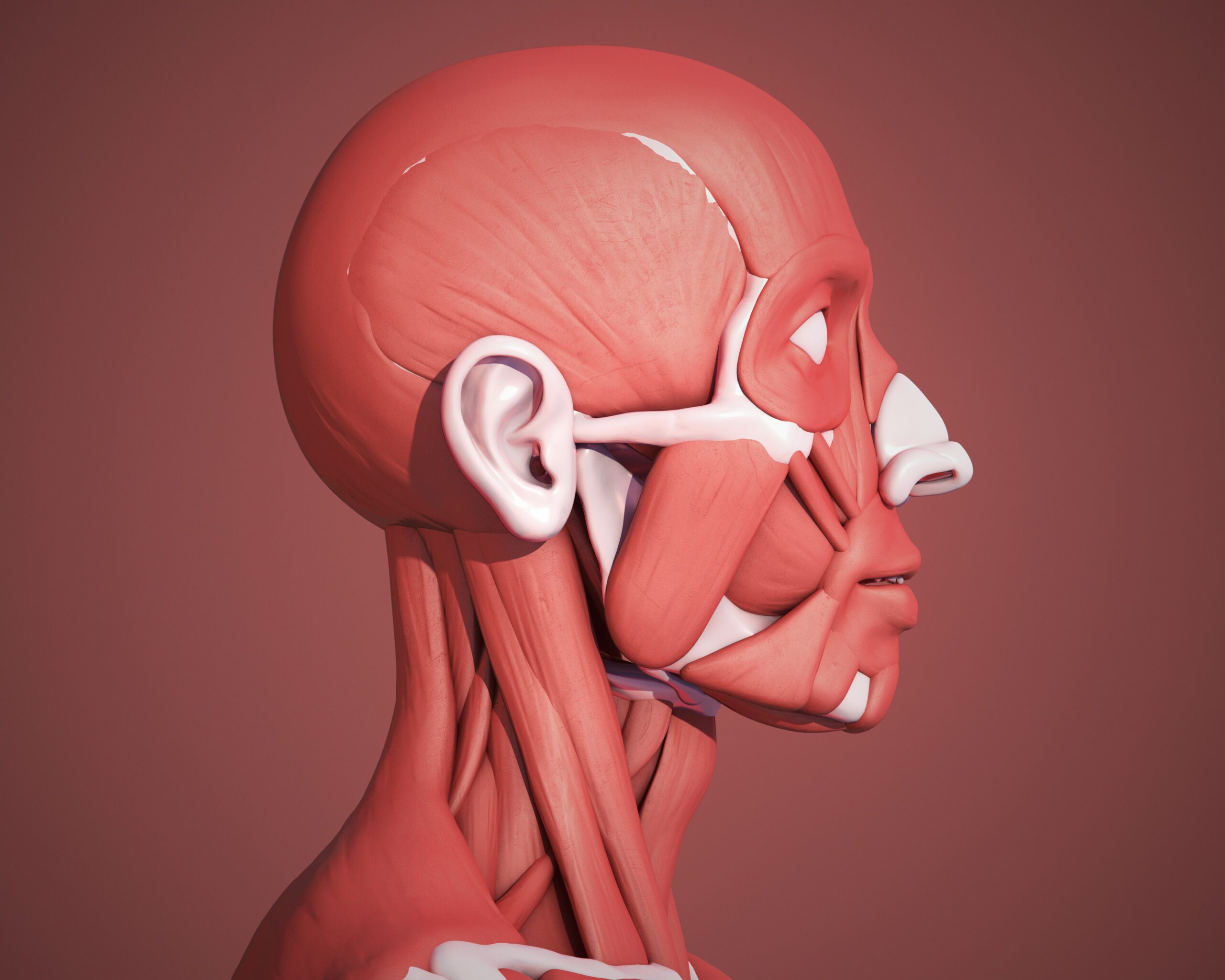
Avascular disorders refer to a range of conditions that affect the blood supply to tissues and organs, leading to various health complications. These disorders typically result from the inadequate blood flow to specific areas of the body. Which can cause tissue damage, death, or dysfunction. Early diagnosis and effective treatment are crucial to managing these conditions and preventing long-term complications. This article provides an overview of avascular disorders, their diagnosis, and available treatment options.
What are Avascular Disorders?
Avascular disorders occur when there is a reduction or complete loss of blood flow to a specific area of the body. Blood flow is essential for providing tissues with oxygen and nutrients. A disruption in this flow can lead to cellular damage or death. Some common avascular disorders include avascular necrosis (AVN), compartment syndrome, and certain types of peripheral artery disease (PAD).
Avascular necrosis is one of the most well-known avascular disorders. It typically affects the bones, especially those in the hip, knee, or shoulder. When the blood flow to the bone is interrupted, the bone tissue can begin to break down, leading to bone collapse and severe pain. In contrast, compartment syndrome is a condition where increased pressure within a muscle compartment restricts blood flow, causing tissue ischemia. Understanding the underlying causes of these disorders is essential for effective treatment and recovery.
Diagnosis of Avascular Disorders
The diagnosis of avascular disorders often begins with a thorough physical examination and a detailed medical history. A doctor will ask about symptoms, the onset of pain, and any recent injuries or conditions that might affect blood flow. Following the physical exam, diagnostic imaging is typically required to confirm the diagnosis and determine the extent of the disorder.
One of the most commonly used diagnostic tools is magnetic resonance imaging (MRI). MRI provides high-resolution images of soft tissues and bones, making it ideal for detecting conditions like avascular necrosis. In some cases, an X-ray or CT scan may also be employed to evaluate bone damage. Additionally, a bone scan may be recommended for detecting early signs of bone damage that may not yet be visible on traditional imaging tests.
In some cases, blood flow tests, such as Doppler ultrasound, may be used to assess circulation and blood flow to the affected area. These tests help doctors understand the severity of the disorder and the potential need for surgical intervention or other treatments.
Treatment Options for Avascular Disorders
Once diagnosed, the treatment for avascular disorders depends on the specific condition and its severity. Early intervention is crucial in preventing long-term damage and improving the likelihood of a positive outcome. Treatment approaches typically fall into two categories: conservative (non-surgical) and surgical options.
Conservative Treatments
In the early stages of avascular disorders, conservative treatments may be sufficient to manage symptoms and prevent further damage. Rest and immobilization are often recommended, especially in cases of avascular necrosis or compartment syndrome. Avoiding weight-bearing activities and reducing stress on the affected area can help prevent worsening of the condition.
Pain management is also an essential aspect of treatment. Nonsteroidal anti-inflammatory drugs (NSAIDs) and corticosteroid injections are commonly prescribed to alleviate pain and inflammation. Physical therapy may be beneficial for improving mobility and strength, particularly for patients recovering from bone injuries or surgery.
For conditions like peripheral artery disease, lifestyle changes such as smoking cessation, exercise, and dietary modifications may help improve blood circulation and prevent further damage. Medications that will enhance blood flow, such as antiplatelet drugs, may also be prescribed to help reduce the risk of clot formation.
Surgical Treatments
In more advanced cases of avascular disorders or when conservative treatments are ineffective, surgical intervention may be necessary. One common surgical approach for avascular necrosis is core decompression. This procedure involves removing a small portion of the bone to relieve pressure and encourage the growth of new blood vessels. This procedure can help preserve the bone and delay the need for a joint replacement.
If the damage to the bone is severe, a joint replacement may be required. In this procedure, the damaged joint is replaced with an artificial one, helping to restore function and reduce pain. This type of surgery is often necessary in cases where avascular necrosis has caused irreversible damage to the bone.
For conditions like compartment syndrome, surgery may be required to relieve pressure within the affected compartment. This procedure, called a fasciotomy, involves making an incision to relieve the pressure and restore blood flow to the affected tissues. Fasciotomies are often performed in emergencies to prevent permanent damage.
The Role of Early Detection and Prevention
As with many health conditions, early detection plays a crucial role in the effective treatment of avascular disorders. Regular check-ups, especially for individuals at risk of developing these conditions, can help identify potential issues before they become severe. For example, individuals with a history of joint injuries, smoking, or conditions like diabetes and high cholesterol are at higher risk for avascular disorders. They should be proactive in seeking medical attention if they experience symptoms.
Prevention also plays a vital role in managing avascular disorders. Maintaining a healthy lifestyle that includes regular exercise, proper nutrition, and avoiding smoking can help improve circulation and reduce the risk of developing conditions like peripheral artery disease. Additionally, protecting joints and bones from injury by using proper techniques during physical activities can help prevent trauma that might lead to conditions like avascular necrosis.
Avascular disorders are complex conditions that can significantly impact a person’s quality of life. By understanding their causes, symptoms, and treatment options, individuals can take steps toward early detection and effective management. While conservative treatments may be sufficient for some patients, others may require surgical intervention to restore function and prevent long-term complications. Regardless of the approach, a comprehensive and personalized treatment plan is essential for achieving the best possible outcomes.